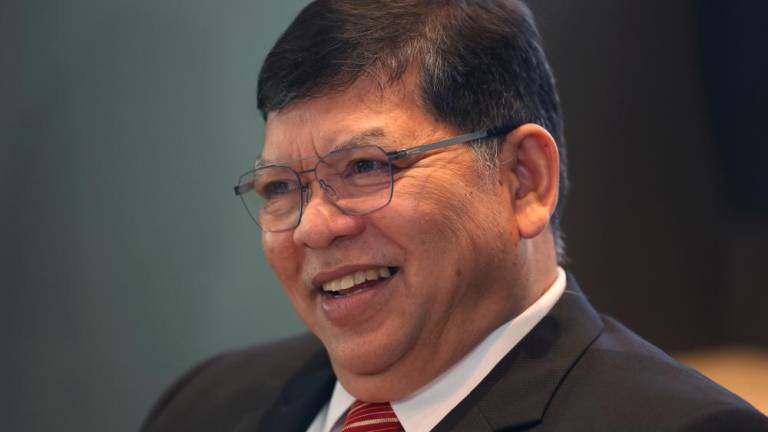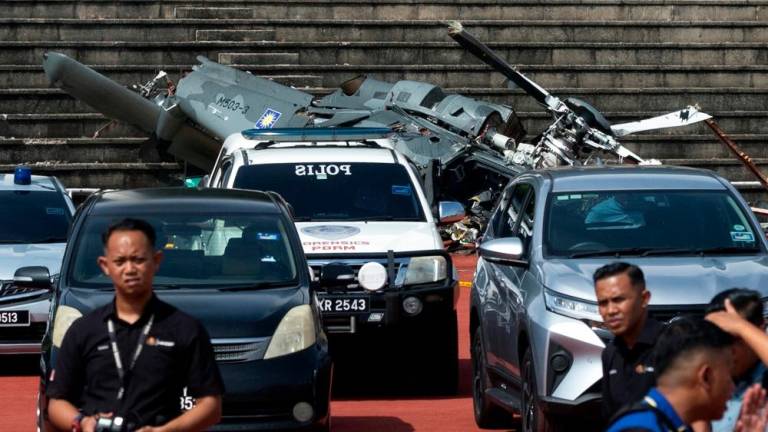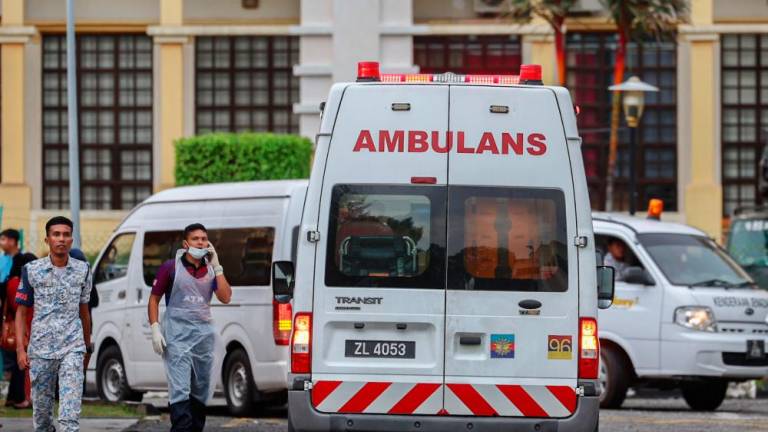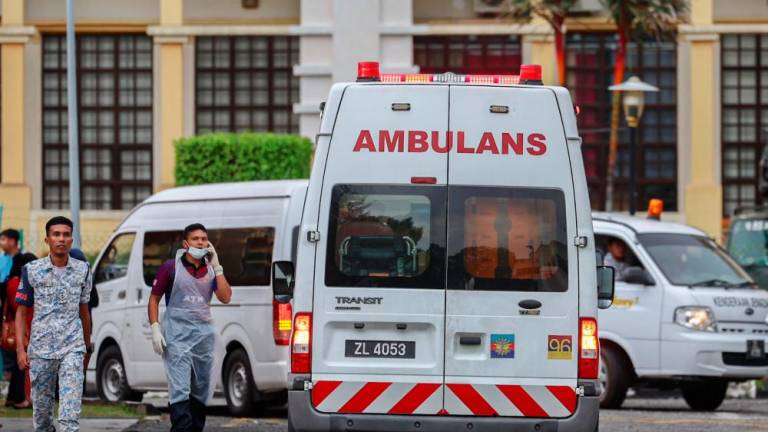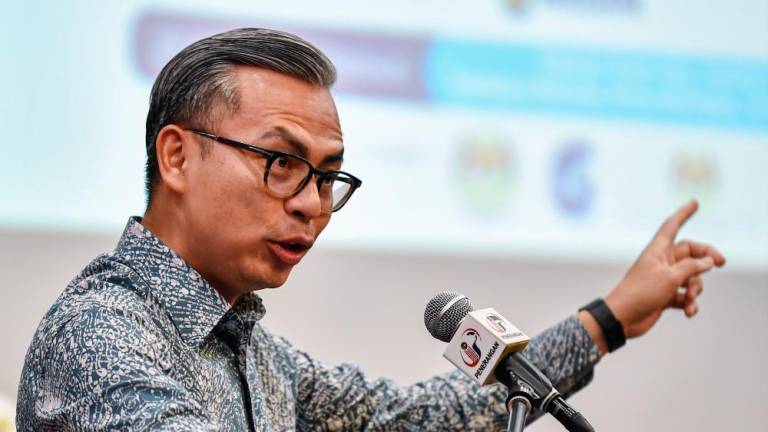THE abuse of children in schools is sadly not uncommon. Schools are places we think of as safe but can be locations where children are physically, sexually or emotionally abused.
It heartening to hear Deputy Education Minister Teo Nie Ching say that she will not stand for any cover-ups, that she takes allegations of abuse seriously and that she is committed to making sure that schools are a safe place for our children. It is also good to know that the police are investigating. Besides the Child Act 2001 (amended 2016) we also have the new Sexual Offences against Children Act 2017 to support children and the authorities.
We appeal to the deputy minister to be open to the cases of child abuse in schools that have been brought to the attention of the education authorities but not acted on. Cases of children in boarding schools sexually abused but where allegations were brushed aside. Errant teachers transferred rather than action taken against them. Police report lodged but little action months later. Errant teachers placed in administrative positions for years (at taxpayer’s expense), as no one trusts them to return to teaching children. We could go on. Much more action to support schoolchildren is required.
There is a common misconception, that “the victim has to lodge a police report”. It is important to recognise that the Child Act clearly outlines “children in need of care and protection” and makes it mandatory that the police and Welfare Department act regardless of a police report. Section 18 states “Any protector (welfare officer) or police officer who is satisfied on reasonable grounds that a child is in need of care and protection may take the child into temporary custody ...”
What is of concern is the frequent lack of response by the Welfare Department in most cases that occur in schools; be it national type schools, tahfiz schools, private schools or home schools. The department requires no notification or request to act. The Child Act mandates them to act to ensure the safety of a child, and other children, in a school once they are aware of an allegation of abuse happening.
Under the Child Act, a welfare officer who is appointed is called a child “protector”. The powers of this “protector” are clearly spelt out in the Act and they are comprehensive. It empowers the child protector to enter any premises, including schools and religious institutions, and remove any child in need of protection.
So why is the department powerless in the face of such a powerful legislation?
There are a number of possible reasons. First, the majority of social welfare officers are not trained social workers but are trained in other basic disciplines, often with no relevance to child protection. Hence they lack the expertise required in child protection. Second, some officers do not know the Child Act well. This is a reality for those of us who have worked with them over the years. Third, the majority of officers may have a patriarchal outlook towards authority figures. They may operate from their cultural and religious perspective and hence tend to defer to religious and other authorities, even though the allegations are covered under the Child Act and possibly criminal. Fourth, some do not understand that children have rights, and that the Child Act has placed the rights of children above the rights of parents/teachers when there is an allegation of abuse. Ultimately, many may not have the best interests of children at heart. What they have is the interest of the parents, the organisations and society as their focus.
The statements above may appear harsh and critical but recognise that many of us as child advocates (paediatricians, lawyers, social workers, NGO officers) have worked for many years with the Welfare Department to try and get our system in place. Remember also that the Child Act was already in place in 1991 as the “Child Protection Act”. We have had decades to get our act together but appear to be still struggling with basics. Over the years, many of us have lobbied the department, reached out to welfare ministers, attempted to support by working alongside or offering training, written to the press about the Child Act and child protection, but all efforts appear to have failed. So the time has come to be transparent and fully honest about the department.
The sad reality is the department has failed its child protection role.
The way forward is clear and has been articulated many times, but not acted on. Officers, who are child protectors, should be trained social workers. And we need large numbers of them in the department, not hundreds but thousands. This single step alone may help reform child protecting in Malaysia and bring it into the 21st century.
We leave you with the lofty preamble that comes from the Child Act, which states:
“Acknowledging that a child, by reason of his/her physical, mental and emotional immaturity, is in need of special safeguards, care and assistance, after birth, to enable him/her to participate in and contribute positively towards the attainment of the ideals of a civil Malaysian society.
“Recognising every child is entitled to protection and assistance in all circumstances without regard to distinction of any kind, such as race, colour, sex, language, religion, social origin or physical, mental or emotional disabilities or any other status”.
Datuk Dr Amar-Singh HSS, Senior Consultant Paediatrician
Datin PH Wong, Project Director, Childline Foundation
Ananti Rajasingam, CEO, Yayasan Chow Kit
Goh Siu Lin, Child Advocate
The Board of Trustees, CRIB Foundation (Child Rights Innovation & Betterment)
Mary Chen, Child Advocate
Vijayakumari Pillai, Child Advocate
Yap Sook Yee, Child Advocate
Women’s Centre for Change
Voice of the Children
SPOT
P.S. the Children
Siti Hawa, Child Advocate
Tg Nur Fadzilah Tg Hassan, Child Advocate
Kasthuri Krishnan, Child Advocate
Association of Women Lawyers








